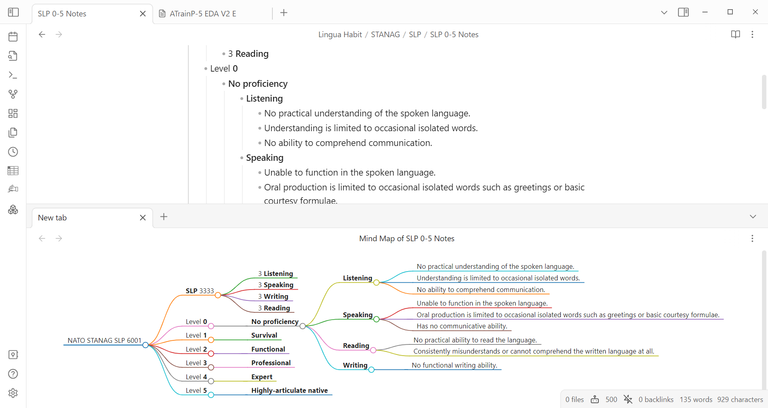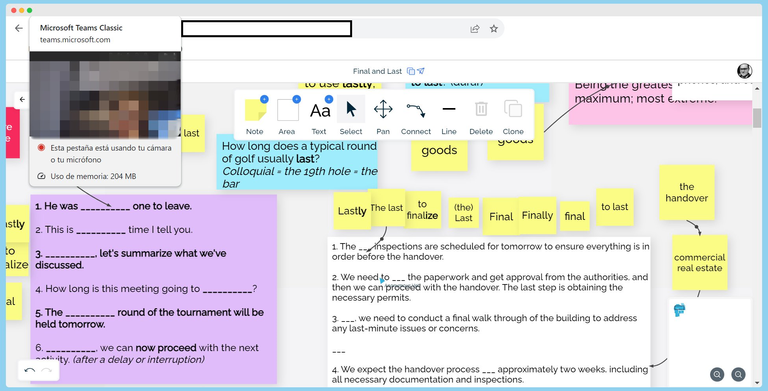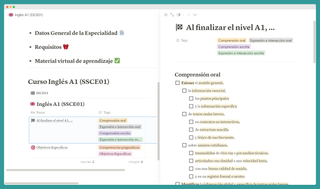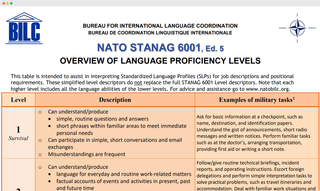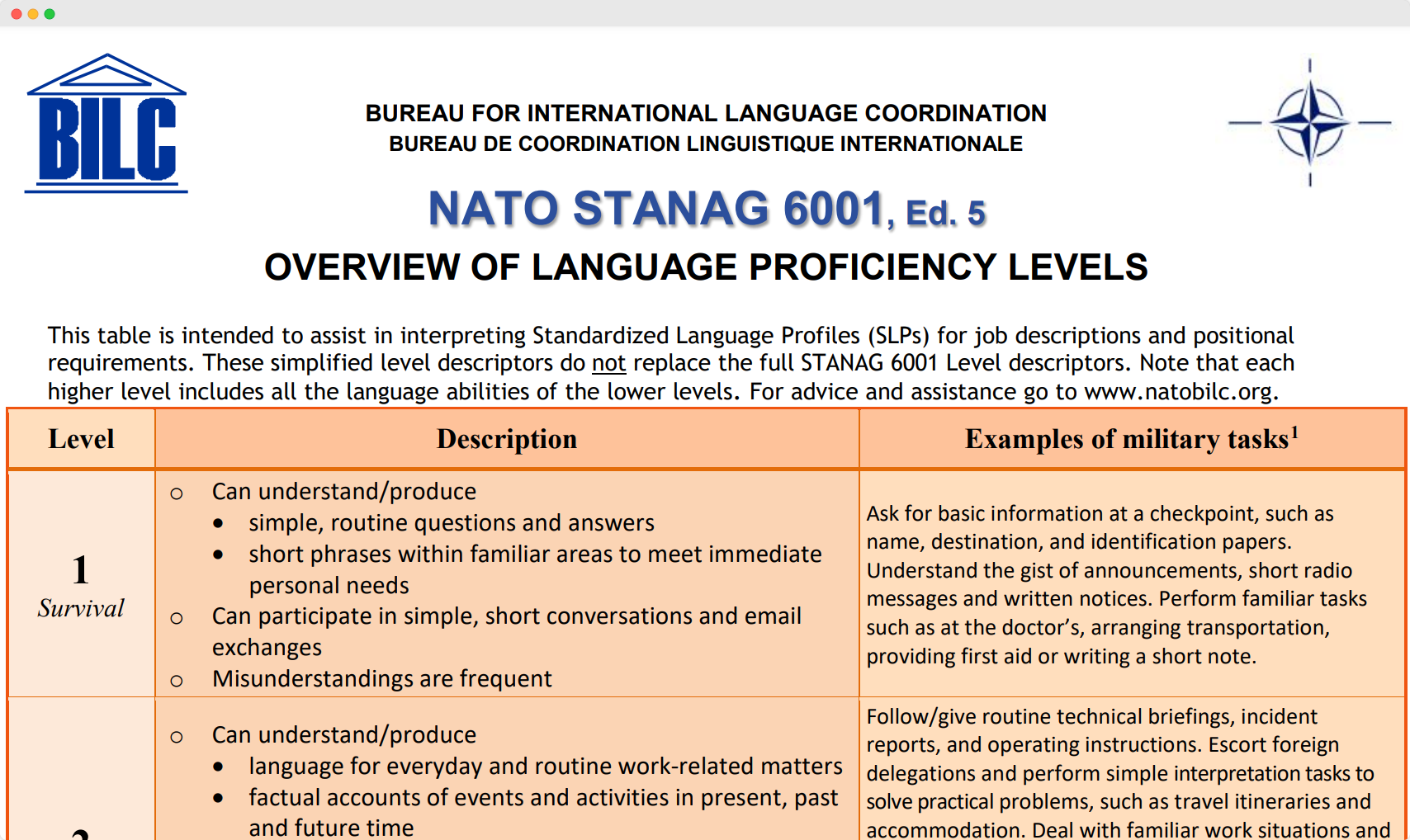
STANAG 6001
NATO STANAG 6001 SLP English Levels
Table of Contents
David Seán, NATO STANAG SLP English Trainer
About the STANAG English Test
STANAG (Standardization Agreement) English test.
STANAG is a set of standards used by NATO (North Atlantic Treaty Organization) member countries to ensure interoperability and standardization across various military operations and systems.
Within the STANAG framework, there are specific language proficiency tests for English, known as STANAG 6001.
STANAG 6001 English tests assess the language proficiency of military personnel from NATO member countries. These tests evaluate listening, speaking, reading, and writing skills in English. The purpose of these exams is to determine an individual's ability to communicate effectively in English within a military context.
These tests are commonly used for military personnel involved in international missions or assignments where English is necessary for effective communication. The scores obtained in STANAG exams often play a crucial role in determining eligibility for certain positions or promotions within the military hierarchy.
STANAG 6001 Levels
| Level | Proficiency |
| Level 0 | No proficiency |
| Level 1 | Survival |
| Level 2 | Functional |
| Level 3 | Professional |
| Level 4 | Expert |
| Level 5 | Highly-articulate native |
SLP Levels
Within the context of NATO (North Atlantic Treaty Organization) and various military settings, SLP stands for "Stanag (Standardization Agreement) Language Profile."
- The SLP is often given in a four-digit format, with each digit representing a skill:
- Listening, Speaking, Reading, and Writing, in that order.
- Each digit can be on a scale from 0 to 5, with 0 indicating no proficiency and 5 indicating a native or bilingual proficiency.
- For instance, an SLP of "3333" would mean the individual has a professional working proficiency in all four skills.
Sample Military Tasks by Level
Military Tasks for Level 1 Survival
- Requesting and giving simple directions to navigate within a military base or camp.
- Asking for and providing basic information about equipment and supplies, such as requesting a specific tool or verifying inventory.
- Participating in basic introductions and greetings with fellow soldiers or colleagues.
- Asking for clarification or repetition of simple instructions or commands.
- Reporting basic personal information during roll call or registration processes.
- Describing simple symptoms or injuries to seek medical assistance.
- Writing a short email or message to inform superiors about an absence or delay.
- Understanding and responding to simple emergency procedures, such as evacuation instructions or fire drills.
- Expressing basic preferences and needs related to meals, accommodations, or personal belongings while on duty.
- Engaging in short conversations with local civilians during humanitarian missions, such as asking for directions to a specific location.
Military Tasks for Level 2 Functional
- Conduct basic military communication.
- Engage in simple conversations related to military topics, such as discussing equipment, tactics, or training.
- Participate in routine operational planning.
- Contribute to the development of basic operational plans by providing input on specific tasks or objectives.
- Write routine reports and memos.
- Prepare simple reports and memos about routine activities or incidents, following established formats and guidelines.
- Give basic instructions to subordinates.
- Provide clear and concise instructions to team members on basic tasks or procedures that need to be carried out.
- Interpret simple maps and diagrams.
- Understand and interpret basic maps and diagrams to navigate through familiar terrain or explain geographical features.
- Coordinate logistical support.
- Assist in coordinating the transportation of personnel, equipment, or supplies by providing necessary information and ensuring the smooth flow of logistical operations.
- Conduct simple equipment maintenance.
- Perform basic maintenance tasks on military equipment following standard procedures and guidelines.
- Engage in casual conversations with foreign military personnel.
- Engage in informal discussions with foreign military personnel on non-sensitive topics, such as hobbies, cultural differences, or personal experiences.
- Comprehend routine military briefings.
- Understand the main points of routine military briefings related to ongoing operations, tactical plans, or intelligence updates.
- Complete routine administrative tasks.
- Carry out daily administrative tasks such as filing documents, updating records, or responding to routine correspondence.
- Follow standard operating procedures.
- Adhere to established protocols and procedures when carrying out specific tasks or operations within a military unit.
- Provide basic medical assistance.
- Render simple first aid care or administer basic medical assistance in emergency situations until professional medical personnel arrive.
- Participate in physical training and drills.
- Take part in physical training sessions and drills to maintain fitness levels and develop necessary military skills.
- Maintain basic situational awareness.
- Stay alert and aware of the immediate surroundings, potential threats, and changes in the operational environment.
- Use basic military terminology and abbreviations.
- Utilize commonly used military terms, acronyms, and abbreviations to effectively communicate within a military context.
- Operate basic communication equipment (radios, phones).
- Use standard communication
STANAG 6001 Content
- The tests typically cover various language skills, including grammar, vocabulary, speaking, listening, and reading comprehension.
- Each skill is assessed separately to provide a comprehensive evaluation of the individual's English proficiency.
- 🗣 Speaking assessments often involve tasks such as describing pictures or participating in simulated conversations or discussions. Test-takers may be asked to express opinions, give presentations, or engage in role plays that simulate real-life military scenarios.
- 👂 Listening comprehension tests usually involve listening to audio recordings of conversations, speeches, or instructions. Test-takers are then assessed on their ability to understand and extract information accurately from the recordings.
- 📓 Reading comprehension tests may include reading passages or articles related to military topics. Test-takers are assessed on their ability to comprehend the text and answer questions based on the information provided.
STANAG 6001 Exam Format
STANAG 6001 English tests can be administered in both paper-based and online formats. The format may vary depending on the specific country or organization conducting the exam.

